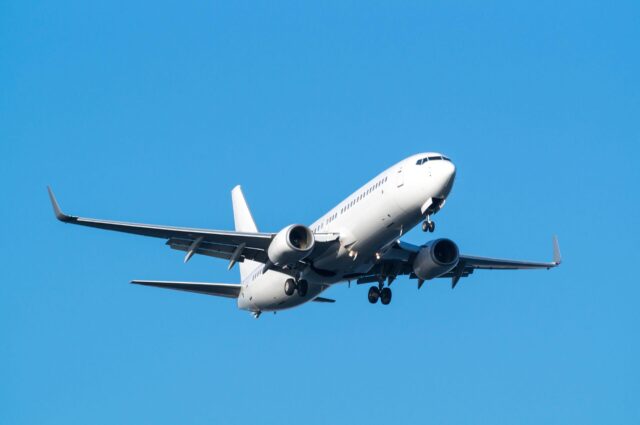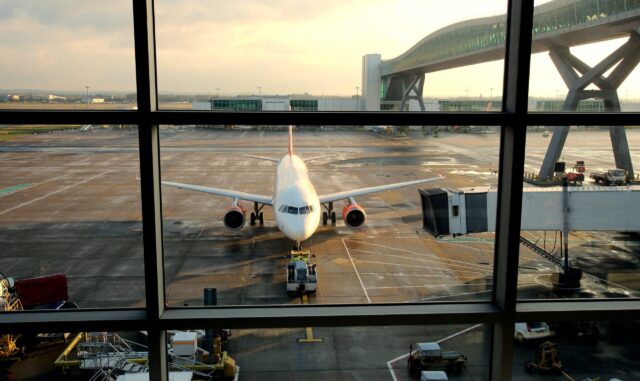The $2.6 billion AWACS U-turn: Could cancelling the Boeing E-7 Wedgetail leave the US Air Force dangerously exposed?

July 14, 2025

As the US moves to scrap the E-7 Wedgetail, questions are being asked about how exactly the Air Force will maintain command and control superiority.
The United States Air Force has unparalleled ISR (Intelligence, Surveillance, and Reconnaissance) capabilities. A cornerstone of this has always been its now-aging E-3 Sentry AWACS aircraft.

The Air Force was planning to partially replace these with the new E-7 Wedgetail. However, it is now planning to scrap the project entirely, something Congress is moving to block.
US Air Force plans to cancel E-7 Wedgetail
On 25 June 2025, the Air Force stated, “the department is canceling the E-7 Wedgetail programme.”
Last year, the service inked a $2.6 billion contract with Boeing to deliver two Wedgetail prototypes in fiscal 2028.
However, the Government Accountability Office estimated the price of developing the two E-7s had ballooned to $3.6 billion, an increase of 33%. Deliveries had been delayed, and there remain concerns about the aircraft’s survivability in contested environments.

The E-7 has been reported at risk of cancellation since May. However, in July, The War Zone reported Congress is moving to block the Air Force’s plans to cancel the E-7 program.
The House Armed Services Committee’s National Defense Authorization Act (NDAA) for the 2026 Fiscal Year includes an additional $600 million for the “continuation of rapid prototyping” of the Air Force’s E-7 Wedgetail. Currently, the first Wedgetails are intended to enter service in 2027.
The Wedgetail is based on the Boeing 737 Next Generation commercial aircraft and first entered service with the Royal Australian Air Force in 2012. They have since been ordered by Turkey, South Korea, the United Kingdom, NATO, and the United States.
With no E-7 Wedgetail, what will be the US AWACS aircraft?
Even before the cancelation, the Wedgetails were not to be a one-for-one replacement for the Sentry. They were only to be a partial replacement, with other systems filling some of the gap.
For years, the Air Force has stated its ultimate goal is to push more of its airborne early warning and control capabilities (AWACS) into radar satellite constellations. These satellite constellations are planned to be ready in the early 2030s.
For now, there are big questions about how effectively satellites can fully replace aircraft. One major limitation of satellites is that they can’t loiter over an area of interest.
The Air Force stated it is investing in alternative solutions, including space-based capabilities, and adding naval E-2D Hawkeye aircraft.

The Air Force also has other ISR assets like large, stealthy reconnaissance drones. One example is the mysterious RQ-180, which the Air Force has not even confirmed exists. There are no publicly available images.
AWACS aircraft are vulnerable in Ukraine
During the war in Ukraine, Western airborne reconnaissance assets, including the E-3 Sentry, have patrolled the skies over NATO airspace near Ukraine and in international waters over the Black Sea.
However, in 2022, early on in the war, a Royal Air Force RC-135W Rivet Joint was nearly shot down by a rogue Russian fighter pilot. Published recordings reported by the BBC of two Russian pilots flying Su-27 fighter jets reveal one pilot mishearing instructions and firing two missiles at the British aircraft.

The other pilot is heard swearing and commanding him to hold fire. In the confusion, the rogue pilot fired two missiles, one malfunctioned and the other failed to hit the target for unclear reasons.
During the war, two rare Russian Beriev A-50U AWACS aircraft were shot down while they were assumed to be operating out of range from Ukrainian air defense. Other Russian radar aircraft have also been hit during the conflict.
More Russian A-50Us have been damaged on the ground by drone attacks. All this has raised the question of how survivable future US E-7 Wedgetails will be in a confrontation with a peer opponent like China.
China’s 5th-gen J-20 Mighty Dragon fighter jet has been designed with a long range for a tactical fighter and is believed to be optimized for taking out US tankers. It could also prove a major threat to AWACS aircraft.
















